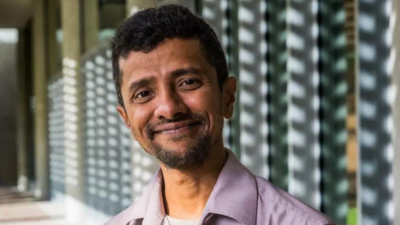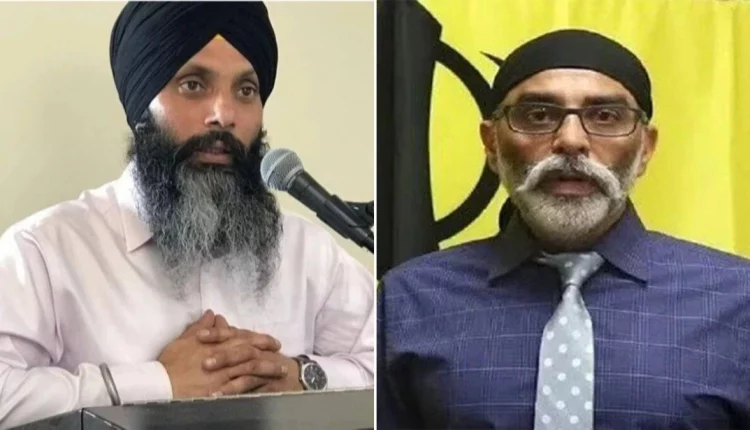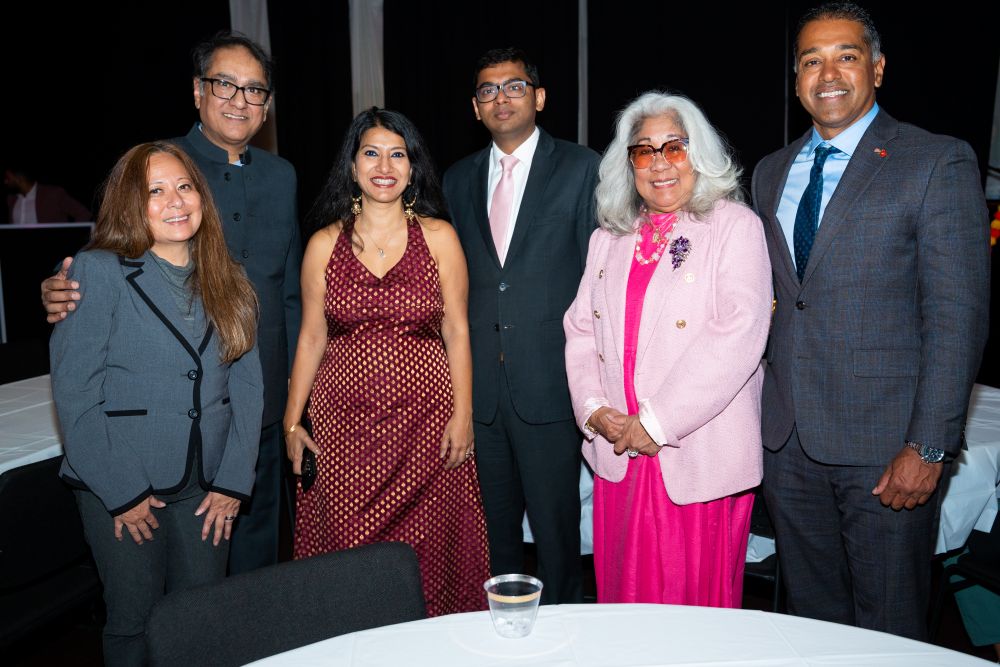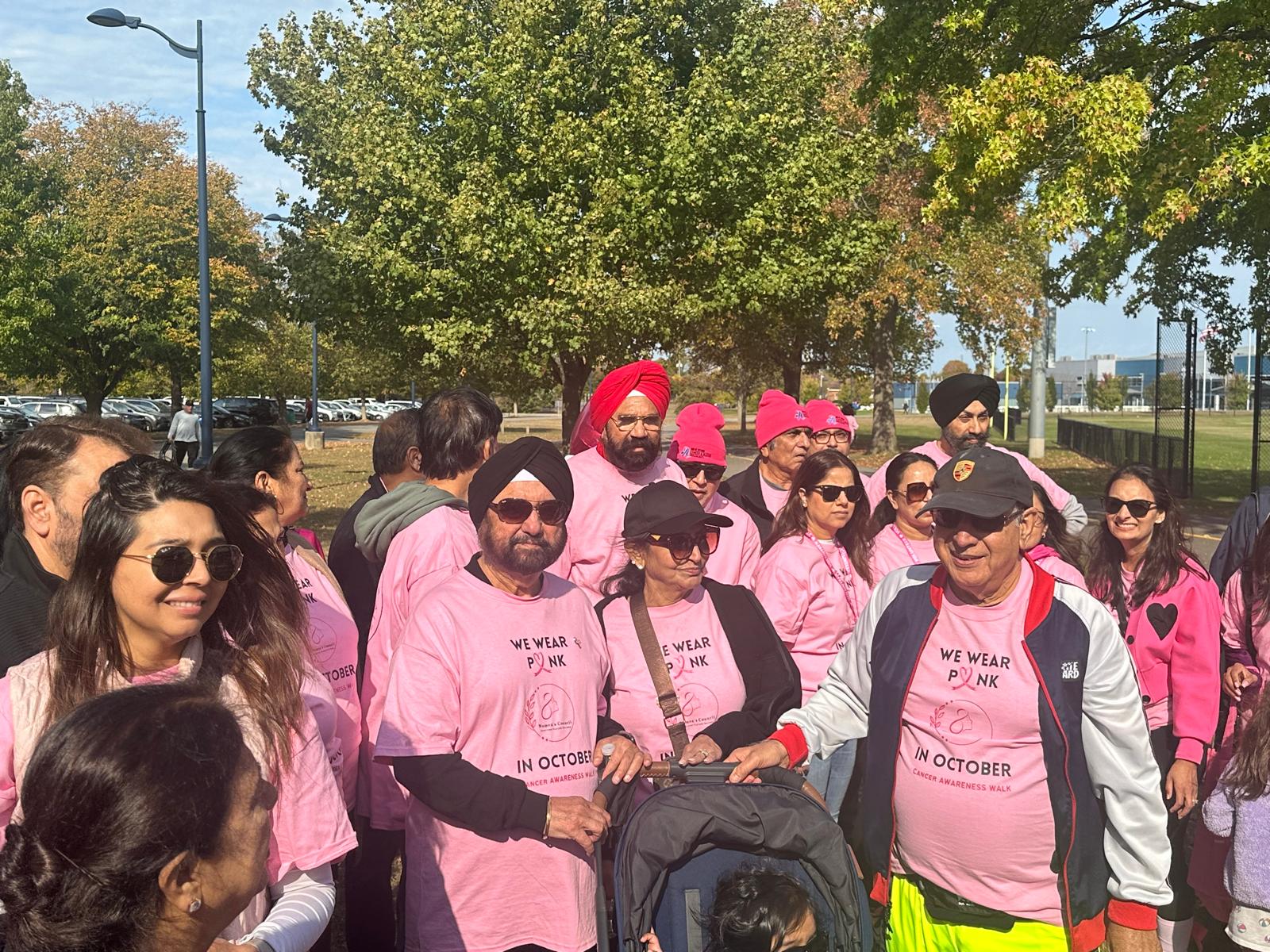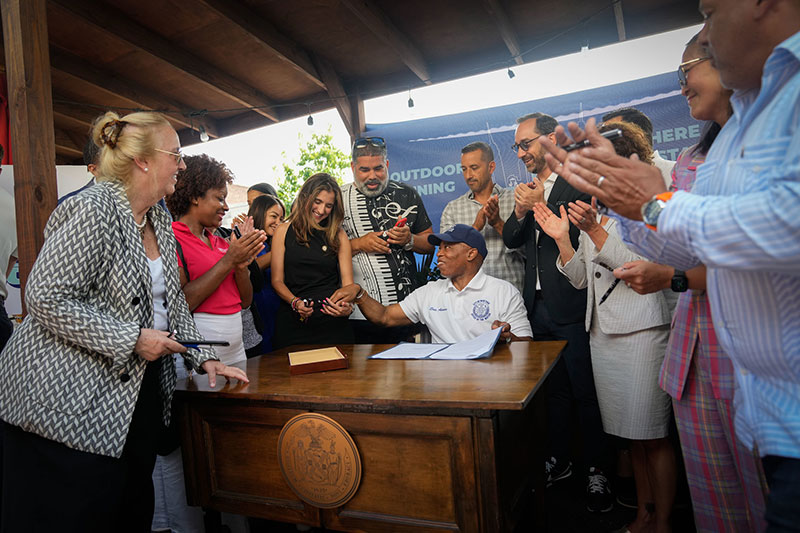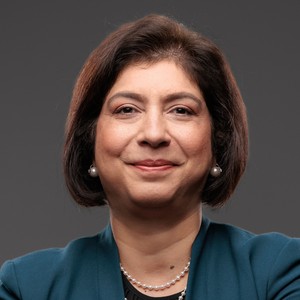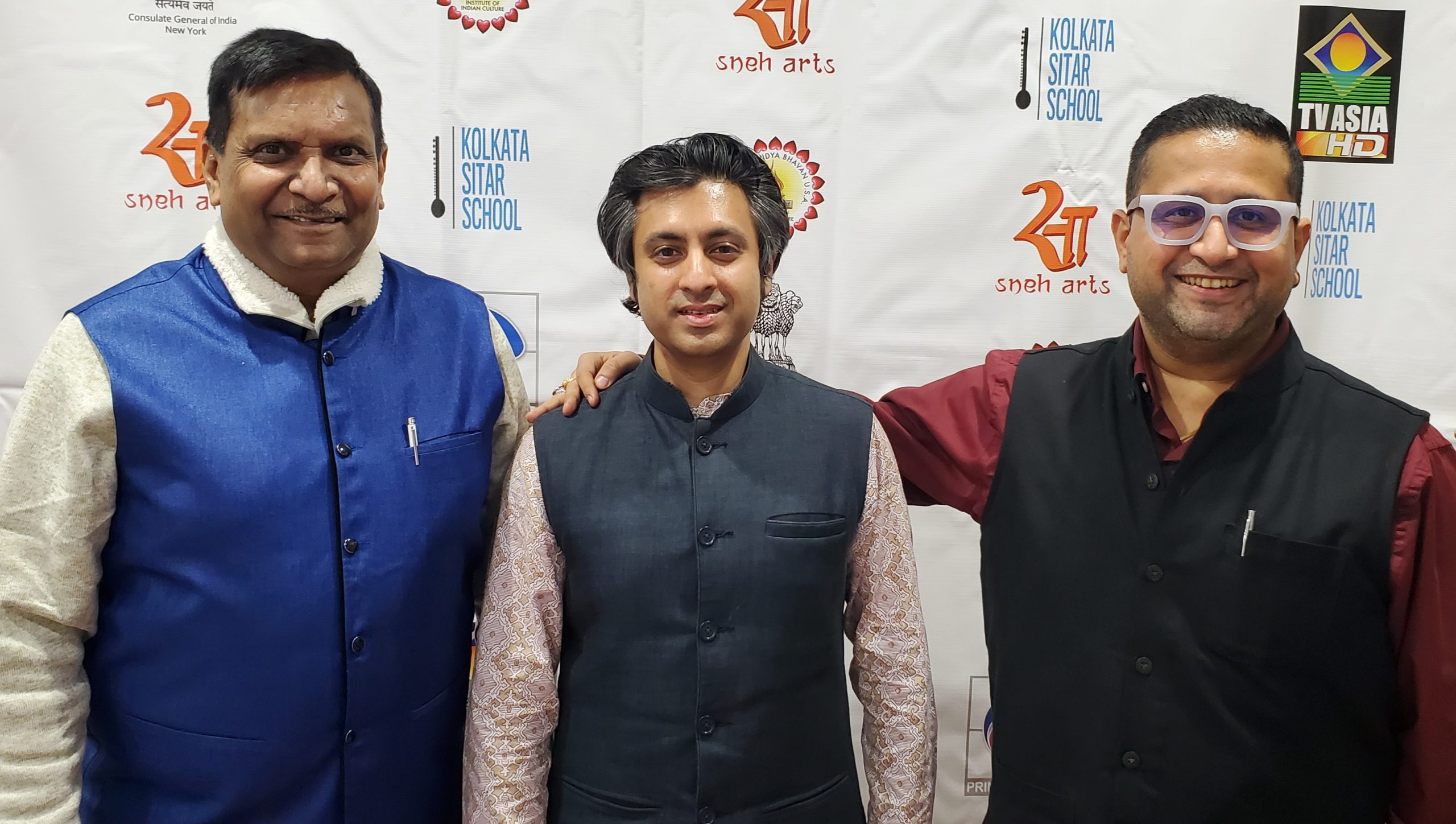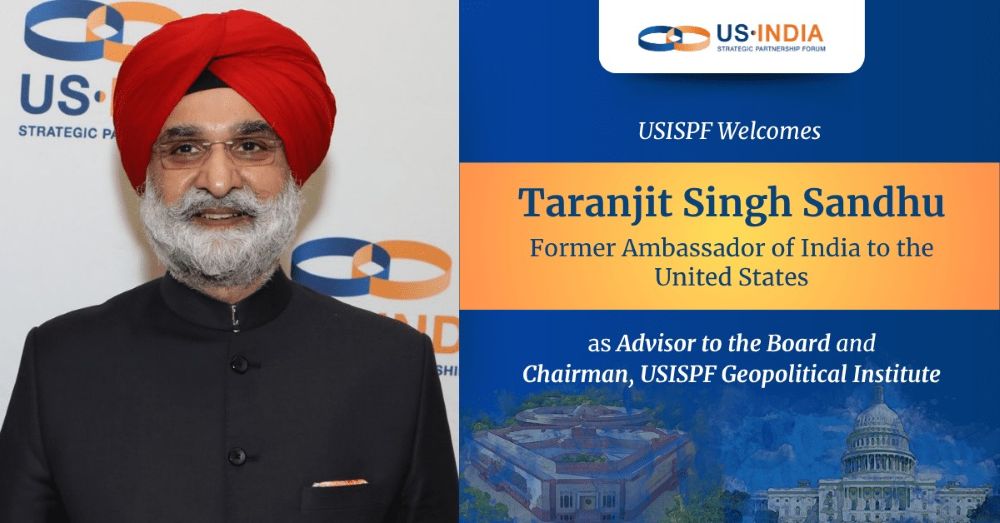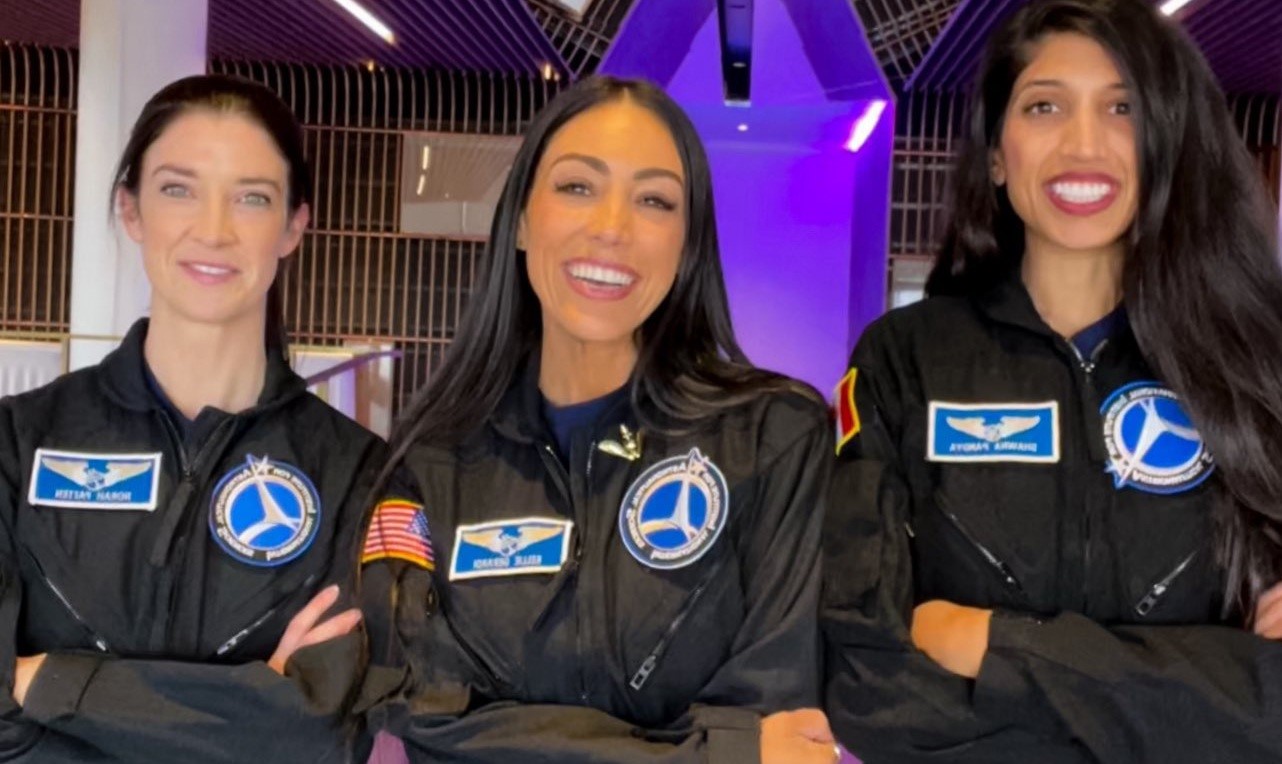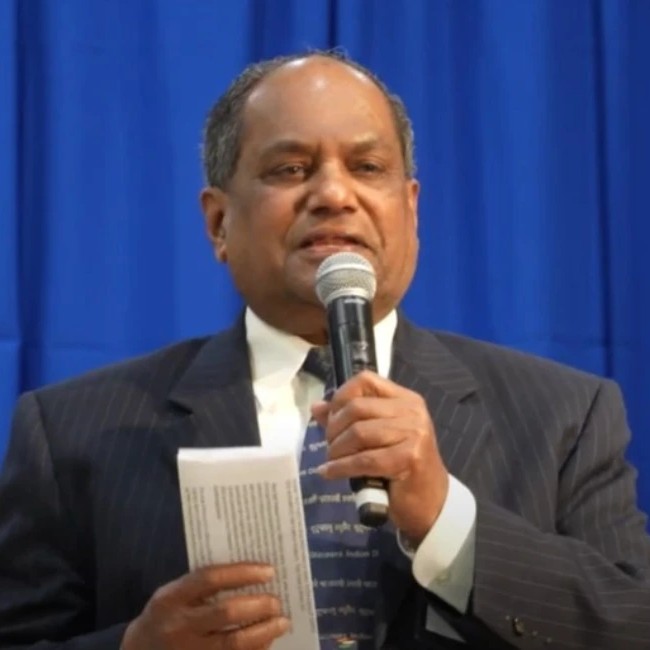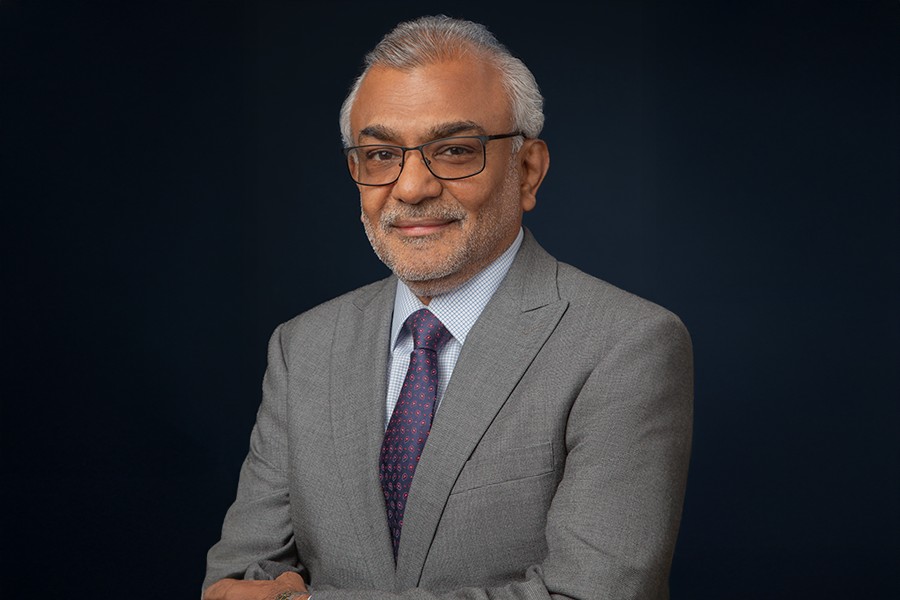Our Bureau
Austin, TX
Indian-origin computer engineer Ashok Veeraraghavan is the proud recipient of one of the highest academic honors in Texas—the Edith and Peter O’Donnell Award.
The Texas Academy of Medicine, Engineering, Science and Technology (TAMEST), which presents this award to rising researchers in the state, said Veeraraghavan, professor of electrical and computer engineering at George R. Brown School of Engineering at Rice University, was chosen for his revolutionary imaging technology that seeks to make the invisible visible.
The award is given annually to star researchers in the state engaged in pathbreaking work in medicine, engineering, biological sciences, physical sciences and technology innovation.
A professor at George R Brown School of Engineering at Rice University, Ashok Veeraraghavan completed his B.Tech. in electrical engineering from IIT, Madras in 2002. He then moved to the US for his master’s degree in electrical and Computer Engineering from the University of Maryland. Following this, in 2008, Mr Veeraraghavan completed his Ph.D. in Electrical and Computer Engineering from the same university.
Veeraraghavan has also co-developed FlatCam. It is a thin sensor chip with a mask that replaces lenses in a traditional camera. A recipient of many awards, before the Edith and Peter O’Donnell Award, he was honored with IEEE Fellow in 2022. In 2017, he received the NSF Career Award and the Hershel M. Rich Invention Award.
“I am delighted to receive this award. It is the recognition of the wonderful and innovative research that many students, postdocs and research scientists, in the computational imaging lab at Rice University have done over the last decade.” Said Veeraraghavan, detailing about the work that honored him with this prestigious award. He continued, “Most imaging systems today are designed in a way that does not take all these three things into account together; they are designed separately. Co-design opens up new degrees of freedom and allows us to achieve some imaging functionalities or performance capabilities that are otherwise not possible.”
Mr Veeraraghavan’s research work provides solutions in imaging scenarios, wherein there is inaccessibility of the visualisation target because of the scattering of light.
















